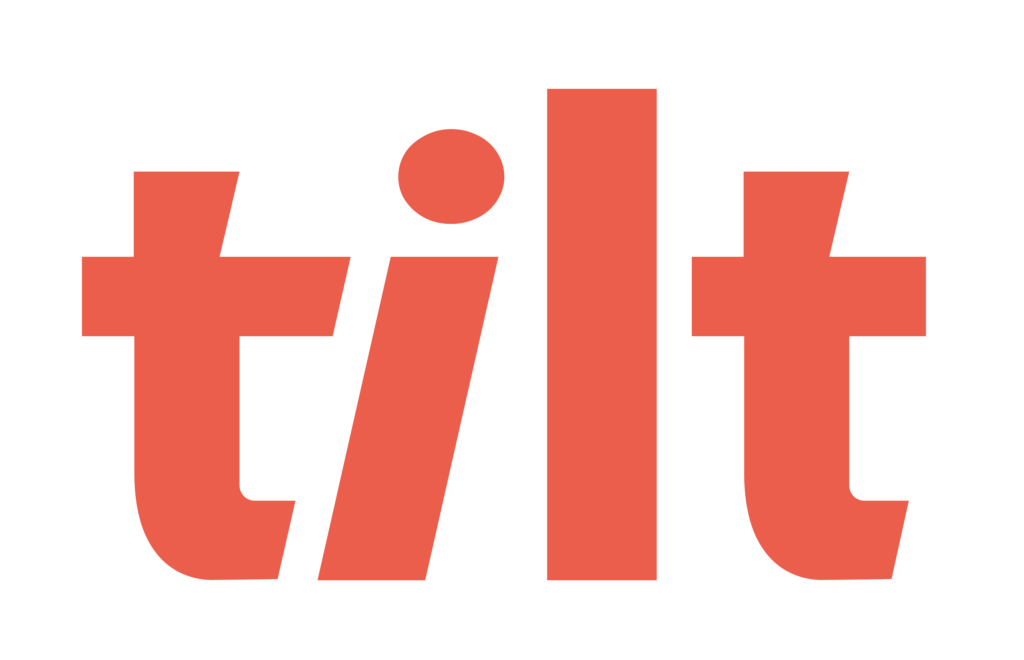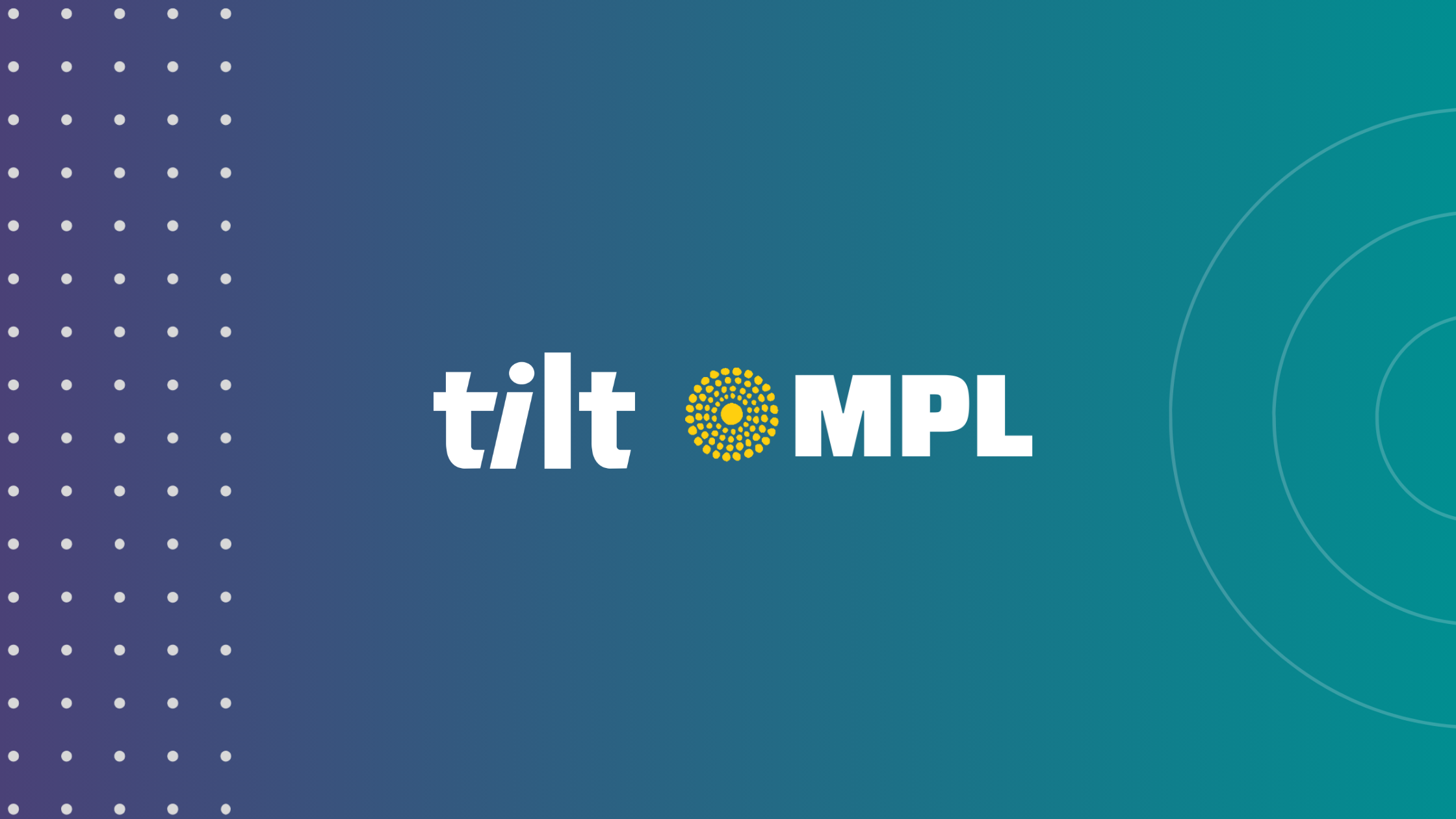The New Era of HR Leadership
A revolution is unfolding in HR. For decades, your department has often been cast in a reactive role, tackling compliance concerns, resolving employee disputes, and dousing the daily fires of organizational life.
But the narrative is changing.
Welcome to the new era of HR leadership, where HR professionals are stepping boldly into the role of proactive strategists, driving business growth and innovation.
Today, HR leaders who adopt forward-thinking approaches are not just keeping their organizations afloat; they’re propelling them toward unparalleled success. This isn’t about firefighting anymore, it’s about blazing the path forward.
Even for small HR teams, this transformation is within reach. With the right mindset and tools, HR can evolve from a responsive unit to a powerhouse of strategy and foresight. Let’s dive into how HR teams can lead this charge.
From Reactive to Proactive: Building Capacity for Growth
Gone are the days when the HR role is merely a troubleshooter. Compliance issue? Handle it. Employee concern? Address it. Workforce gap? Fill it. While this reactive stance is still essential, it often leaves little room for strategic initiatives or long-term vision. To drive meaningful growth, HR must transition from reactionary tactics to proactive strategies.
The secret lies in tackling the predictable and weathering the unpredictable. Consider leaves of absence—parental leave, for instance, is rarely a surprise. By planning for these known events, HR teams can free up capacity to handle the unforeseen with agility and confidence.
On the other hand, a bereavement leave or a medical/disability leave can pop up out of nowhere. HR teams are now expected to handle both scenarios and to do so consistently, efficiently, and at scale.
This proactive approach doesn’t just benefit HR; it strengthens the entire organization. When HR masterfully manages the predictable, it fosters stability and builds trust. Employees feel supported, and when those efforts turn into a more engaged and impactful workforce, leadership will recognize HR as a vital strategic ally.
HR Strategy: The Core of Proactive Leadership
A robust HR strategy is the bedrock of proactive leadership. For smaller teams, this might sound daunting, but even modest efforts can yield transformative results. Here’s how:
- Data-Driven Decisions: Begin with workforce data. Metrics like leave of absence trends or turnover rates can reveal actionable insights that drive decisions. If your current systems can’t give you those insights reliably or efficiently, it might be time to upgrade your processes.
- Prioritization: Small teams can’t tackle everything, which is okay because even large teams struggle. Align your focus with the organization’s goals. Scaling up? Prioritize process optimization. Facing retention issues? Concentrate on engagement and development gaps and implement solutions that move the needle.
- Collaborative Planning: Forge partnerships with leadership teams to align HR initiatives with broader business objectives. This collaboration not only amplifies your strategic impact but also positions HR as a critical voice in organizational planning.
By embracing these strategies, even small HR teams can punch above their weight, driving meaningful change and proving their value as strategic partners. With the right focus, tools, and collaborations, HR can shift from being a reactive support function to a proactive force shaping the organization’s future.
Proactive leadership begins with intentional, data-informed action, and every step forward contributes to long-term success.
The Power of Predictability
Mastering predictability is one of HR’s greatest strengths. While surprises are inevitable, especially in the world of leave of absence, many HR responsibilities can rely on streamlined and automated processes to better manage unexpected challenges.
Using leave of absence as an example. Using modern software with automated workflows, clear communication protocols, and well-documented policies, HR remains perpetually prepared for predictable and unpredictable life events your employee population may experience. This foundation makes it easier to adapt to unexpected situations, ensuring continuity and reducing stress.
The same principle applies to compliance. Regular audits, policy updates, and leveraging technology can transform compliance from a reactive burden into a proactive strength, safeguarding the organization and enhancing its reputation.
HR’s Role in Business Growth
Proactive HR doesn’t just smooth out operations; it drives business success by becoming a catalyst for organizational growth and resilience. When HR takes the lead in strategic planning, talent development, and cultural alignment, it creates a ripple effect that enhances every facet of the organization from productivity and innovation to employee satisfaction and customer outcomes.
Workforce Planning: By analyzing trends and forecasting future needs, HR ensures the organization remains agile and adaptable, always equipped with the right talent to seize opportunities and weather challenges. Strategic workforce planning also identifies skill gaps, enabling HR to create targeted upskilling or hiring strategies that keep the company competitive in its industry.
Employee Engagement: High engagement levels are directly linked to improved performance, reduced turnover, and a stronger bottom line. HR plays a pivotal role in fostering engagement by addressing employee concerns proactively, ensuring clear communication, and creating programs that boost morale and a sense of belonging. Consider mentorship programs, flexible work arrangements, or more robust leave policies, all of which can significantly improve employees’ connection to their work and the organization.
These efforts are compounded when HR leverages empathetic technology, data and insights to continuously refine strategies, aligning them with broader business goals.
By adopting a proactive, data-driven, and strategic approach, HR can transform its role from operational necessity to a critical driver of business growth and sustainability.
A Bold HR is a Proactive HR
Driving the business forward demands boldness. It requires HR to transcend reactive roles and step into the spotlight as strategic leaders who shape the organization’s trajectory. For small teams, this shift may seem ambitious, but with focus, the right tools, and a commitment to proactive planning, it’s not only achievable, it’s transformative.
Central to this evolution is mastering leave management, an often-overlooked yet critical component of HR strategy. Properly managing leaves of absence isn’t just about compliance; it’s about fostering trust, maintaining productivity, and providing employees with the stability they need to thrive.
A seamless leave management process empowers HR to reduce administrative burdens, mitigate errors, and make informed decisions using real-time data, all while ensuring a positive employee experience.
This is why Tilt is the leave management solution of choice. By integrating with leading HR systems and offering advanced capabilities, Tilt redefines what’s possible in leave management. Tilt equips HR teams with one tool to manage leaves efficiently, empathetically, and compliantly, and frees teams to focus on driving initiatives that truly matter. With Tilt, even small teams can operate with the precision and impact of much larger departments.
So, take that first step. Embrace predictability, invest in strategic tools like Tilt, and partner with leadership to build a bold, forward-thinking HR strategy.
The future of work is unfolding, and HR is uniquely positioned to lead the charge. Are you ready to redefine what’s possible?
Tilt is leading the charge in all things leave of absence management through easy-to-use tech and human touch. Since 2017, our proprietary platform and Empathy Warriors have been helping customers make leave not suck by eliminating administrative burdens, keeping companies compliant, and providing a truly positive and supportive leave of absence experience for their people.







